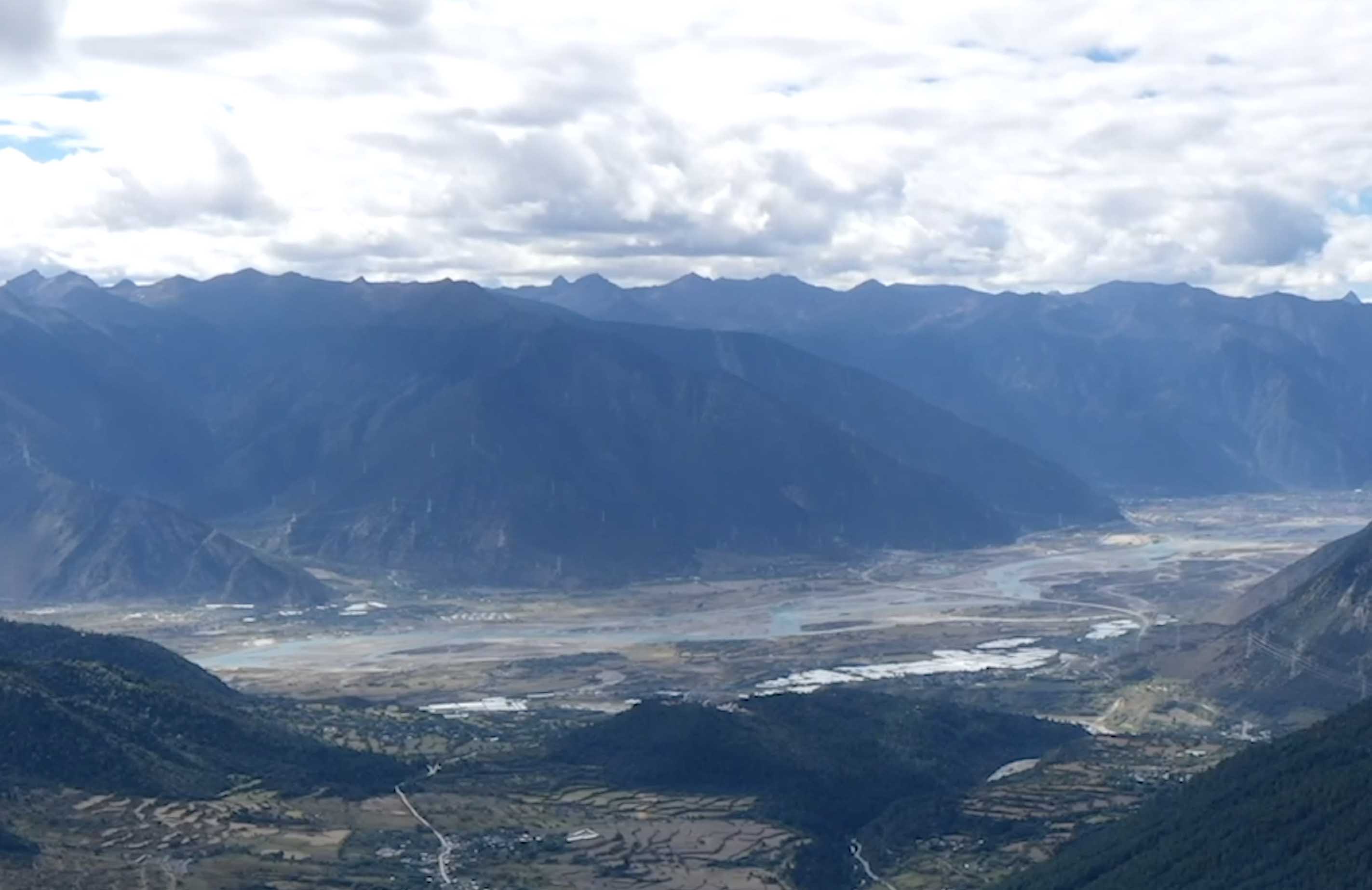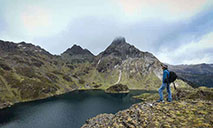Tibet, 40 hours to see - Chapter Three: The Last Piece of Unpolluted Land
The Qinghai-Tibet Railway, connecting Xining and Lhasa, is not only the first railway extending into the hinterlands of Tibet, but also provides a road towards ecological protection. A string of measures have been adopted to preserve the natural habitats of local wild animals, such as building passageways for their migration, reducing transportation-related noise pollution and promoting the use of biodegradable materials.
Numerous builders and protectors, upholding the spirit of guarding this last piece of unpolluted land, have dedicated themselves to the plateau’s ecological conservation despite their meritorious deeds all the while having remained out of sight and out of people’s purview.
Let’s watch the third chapter of "Tibet, 40 Hours to See" to discover some of their stories.

Photos
 Bumper harvest presents a magnificent scene of terraced rice paddies in SW China's Luzhou city
Bumper harvest presents a magnificent scene of terraced rice paddies in SW China's Luzhou city In pics: life of Siberian tigers in NE China's breeding center
In pics: life of Siberian tigers in NE China's breeding center Explore wonderland created by an alpine lake cluster in SW China's Yunnan
Explore wonderland created by an alpine lake cluster in SW China's Yunnan In pics: Museums across China unveil creative and culturally-inspired mooncakes
In pics: Museums across China unveil creative and culturally-inspired mooncakes
Related Stories
- Tibet to launch tourist route featuring countryside experience
- Interview: Japanese expert hails qualitative leap in China's Tibetan studies
- Young entrepreneurs in SW China’s Tibet help improve local people’s lives through traditional carpets
- Farmers harvest highland barley in Lhasa, Tibet
- Tibet, 40 hours to see - Chapter Two: Spirit of Aiding Tibet Soars Beyond the Sky
Copyright © 2021 People's Daily Online. All Rights Reserved.






